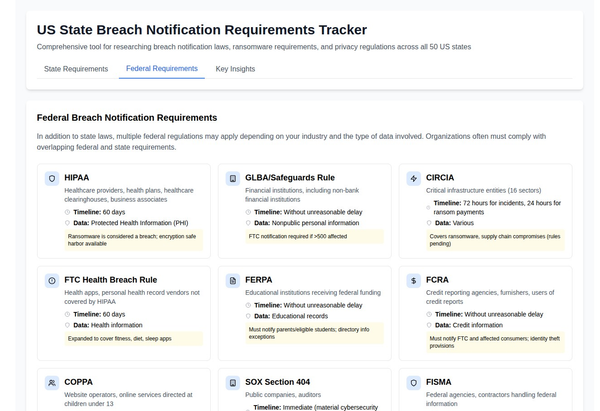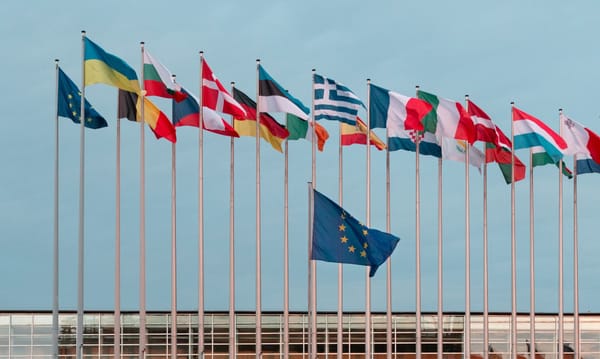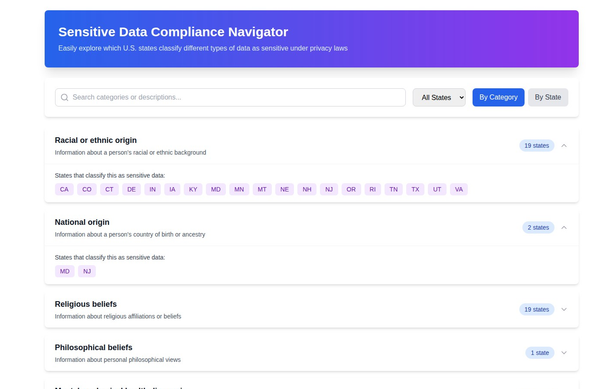Navigating Cross-Border Data Transfers: A Comprehensive Compliance Guide

In today's globalized digital economy, data is often described as the new oil. Businesses across the world rely on the transfer of data across borders to operate efficiently and serve their customers effectively. However, with the increasing focus on data privacy and the introduction of stringent data protection laws, navigating cross-border data transfers has become a complex task. This article provides a comprehensive guide on how to navigate cross-border data transfers in compliance with privacy laws.
Understanding the Legal Landscape
The first step in navigating cross-border data transfers is understanding the legal landscape. This involves familiarizing yourself with the privacy laws and data protection regulations in both the country where the data originates and the country where it is being transferred. Each country has its own set of rules and regulations regarding data privacy, and non-compliance can result in hefty fines and damage to your company's reputation.
The Importance of Data Mapping
Data mapping is a crucial process that involves identifying what data you have, where it's stored, and how it's being transferred. This process helps you understand the flow of data within your organization and identify potential risks. It's an essential step in ensuring compliance with various privacy laws and can also help you identify areas where data protection can be improved.
Implementing Data Transfer Mechanisms
Depending on the jurisdictions involved, you may need to implement specific data transfer mechanisms. These mechanisms, such as Standard Contractual Clauses (SCCs), Binding Corporate Rules (BCRs), or adequacy decisions from the European Commission, provide a legal basis for the transfer of personal data outside the EU. Understanding and implementing these mechanisms is key to ensuring that your cross-border data transfers are compliant with privacy laws.
Conducting Data Protection Impact Assessments (DPIAs)
For certain types of data transfers, a Data Protection Impact Assessment (DPIA) may be required under the General Data Protection Regulation (GDPR). A DPIA is a process designed to help you systematically analyze, identify and minimize the data protection risks of a project or plan. It's an essential part of GDPR compliance and a good practice for any organization involved in data processing activities.
Ensuring Ongoing Compliance
Compliance with privacy laws is not a one-time task. It requires ongoing monitoring and adjustments as laws and regulations change. Regular audits, reviews, and updates to your data protection policies and practices are essential to maintaining compliance and protecting your organization from data breaches and legal penalties.
Training and Awareness
Last but not least, it's important to ensure that your employees are aware of the requirements for cross-border data transfers and are trained on how to comply with these requirements. Regular training and awareness programs can help your employees understand the importance of data protection and equip them with the knowledge and skills they need to handle personal data responsibly.
Navigating cross-border data transfers in compliance with privacy laws can be a complex task, but with a clear understanding of the legal landscape, effective data mapping, the right data transfer mechanisms, and a commitment to ongoing compliance and training, it's a task that can be successfully managed. As always, it's recommended to seek legal advice when dealing with cross-border data transfers to ensure full compliance with all relevant laws and regulations.





